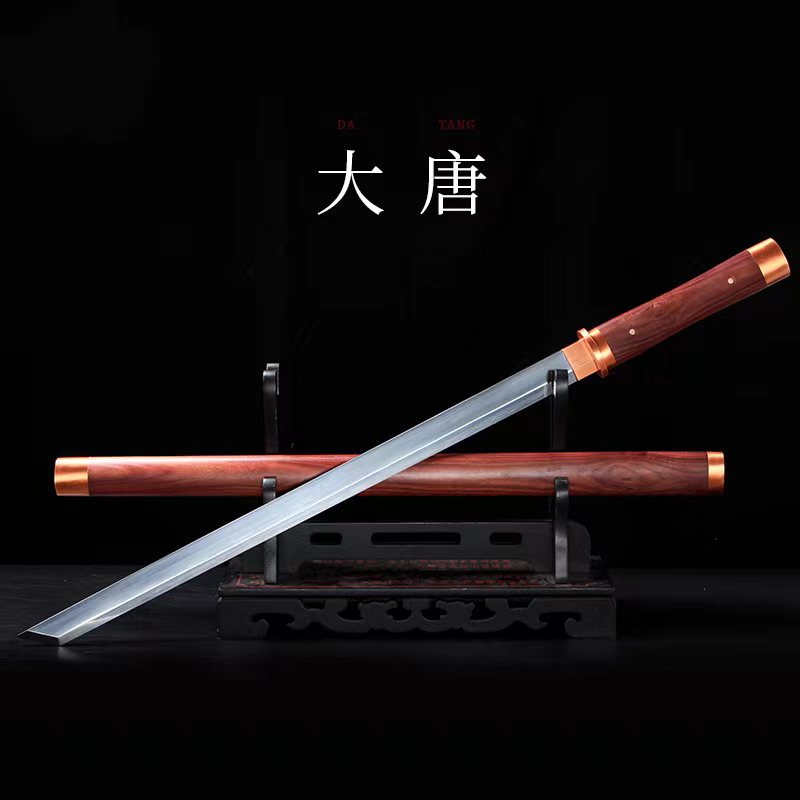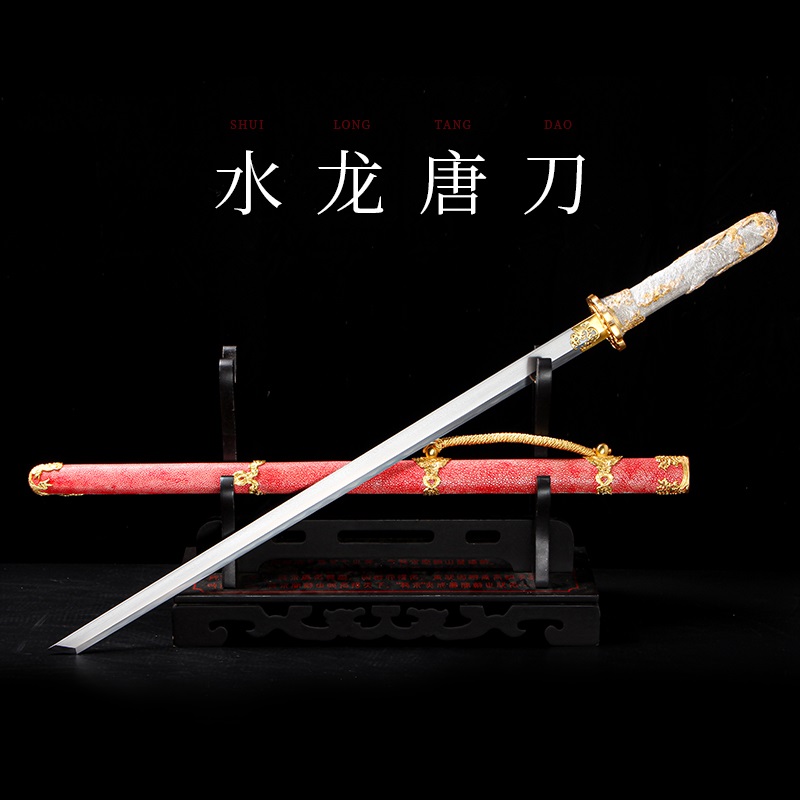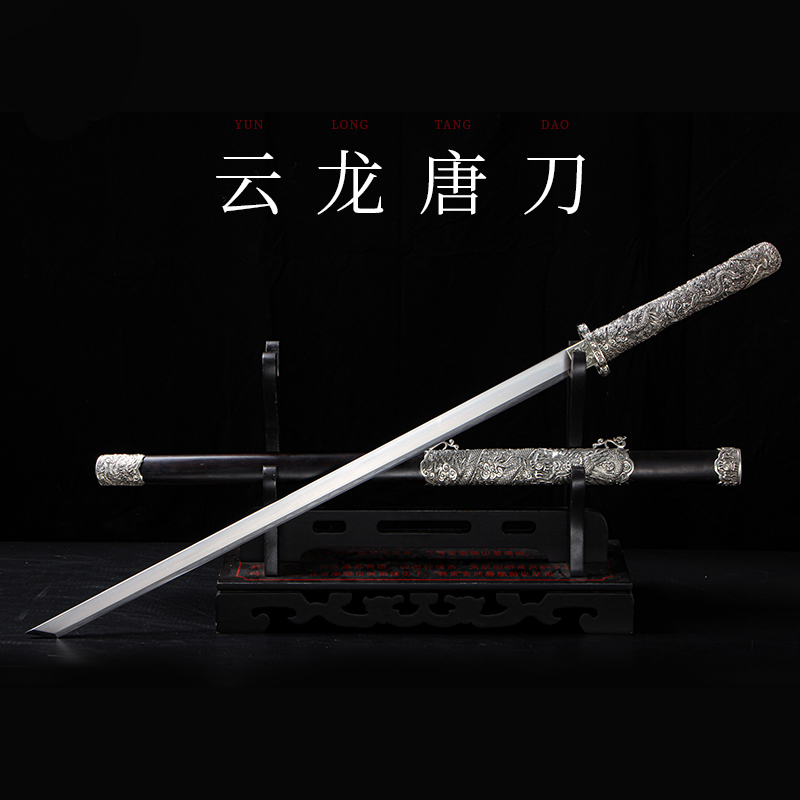Tang Hengdao
The Hengdao is not an independent weapon, but a style of Tang Dynasty swords. It was mainly worn by soldiers during the Sui and Tang Dynasties in China. It was one of the standard equipment of the main armies of the Tang Dynasty. The knife design was inherited from the Han ring-pommel sword, and most of the military Hengdao in the early Tang Dynasty retained the ring pommel.
So, it is more likely that the Zhandao is not a dagger, but a real main battle knife, a broad-bladed machete (Zhandao). The word “zhan” means to clear obstacles, implying a dominant spirit. The wide body of the knife is used to “cover and defend against the enemy.” The Tang Liudian (an ancient Chinese legal code) only mentions that the Hengdao is a sidearm, but does not describe it as a weapon for killing enemies.
Therefore, the Hengdao was a sidearm for soldiers. That is, it was the knife carried by palace soldiers, yamen runners, constables, city guard soldiers, and patrol soldiers. (Similar to police officers’ sidearms and batons), it’s not hard to understand why most Hengdao are 60-80 cm in length.
Its narrow straight body, small cross-guard, and long handle (which can be held with both hands) directly resemble the “Gold and Silver Inlaid Tang Great Knife” in the Shōsōin collection in Japan – a disputed folk theory claims this ancient imported item from China was either a direct import or a copy of the knives of the Tang Dynasty at the time. In academic literature, Japanese scholars have basically confirmed that there are “Tang-style great knives” and “Goryeo-style great knives” in the Shōsōin collection, which were Japanese imitations of the styles of the Tang Dynasty and the Korean Peninsula. The “Tang Great Knife” and “Hengdao” were directly imported from China (according to the “Todaiji Dedication Account”). Modern Tang Hengdao are mostly copied from the “Gold and Silver Inlaid Tang Great Knife”, many using a cutting edge design (cross-section of the knife), and a few knife makers combine the ring-pommel knife handed down in an unbroken line for restoration. A large amount of historical evidence shows that the Tang Hengdao did not have a fixed type. During the middle and late Tang Dynasty, there were unearthed and mural paintings of Hengdao that completely abandoned the ring pommel, and at the same time, there were hand ropes on the side of the handle to replace the ring pommel (double lugs iron ring). (Mural on the tomb gate of the Tang tomb in Jinsheng Village, Taiyuan)
Because the body of the Hengdao is straight and upright, it has both the “kingly style of the sword” and the “dominant spirit of the knife”. In modern times, the term “Tang knife” often refers to the Hengdao, with the Hengdao representing the category.
Showing all 3 results




